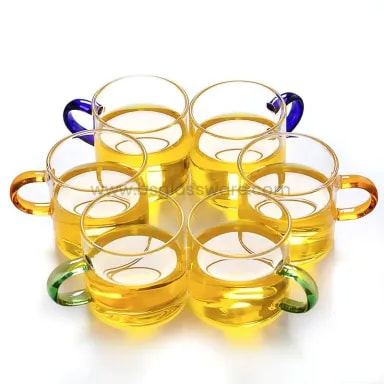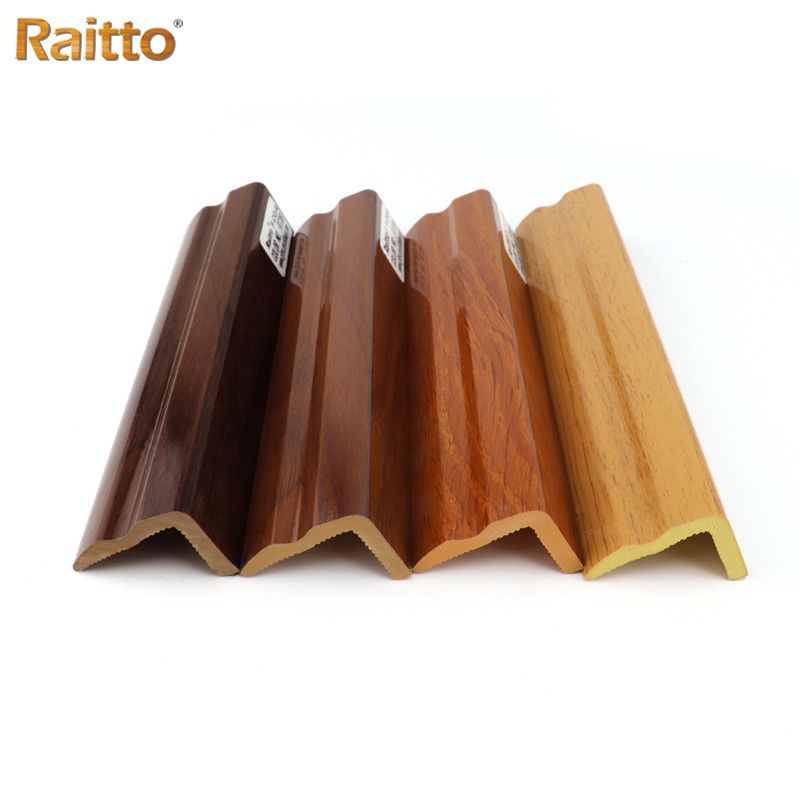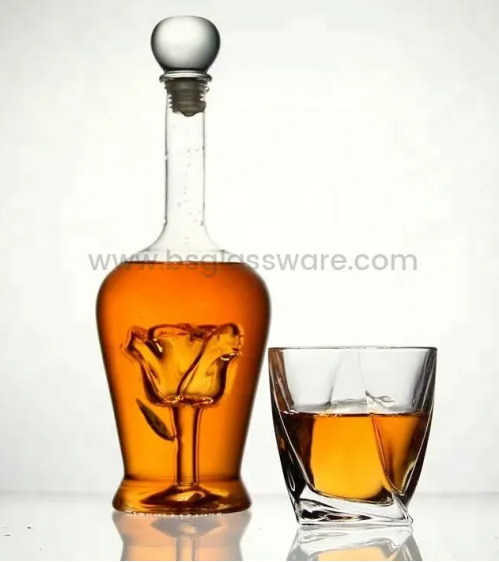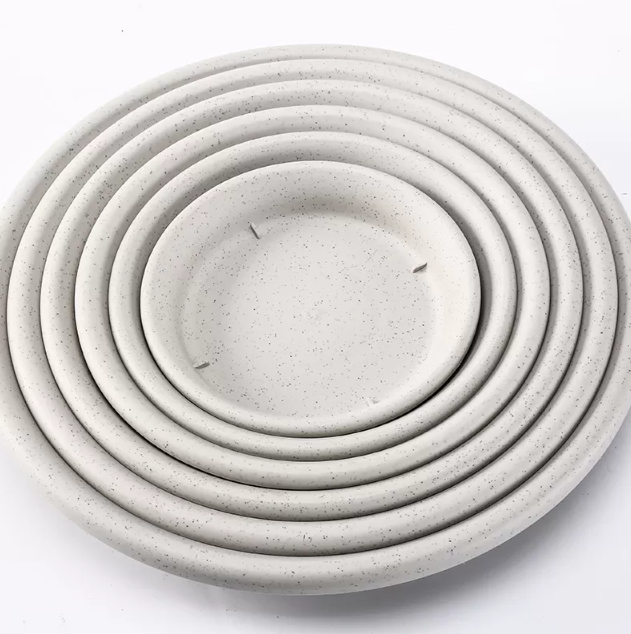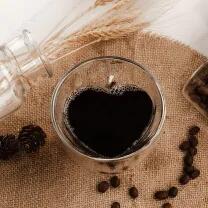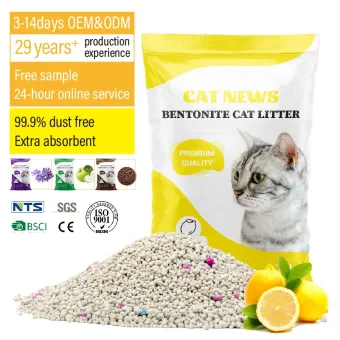Different Types of Liquor Glasses
Different Types of Liquor Glasses
From margarita glasses to copper mugs, liquor glasses come in all shapes and sizes. Check out these 25 types of liquor glasses with pictures to understand their differences and benefits:
1. Cocktail Glass
The cocktail glass is the perfect introduction to the world of liquor glasses. This glass is shaped like an inverted cone, may or may not have a stem and come with a wide mouth that allows drinkers to enjoy the drink’s scent fully. Cocktail glasses are used to serve cocktails without ice. Using a glass with a stem will reduce your hand’s contact with the cocktail and keep it cold.
2. Martini Glass
At first glance, a martini glass may look the same as a cocktail glass. Martinis were initially served in cocktail glasses, which is why the two types of glassware look similar. However, martinis evolved to contain greater quantities of vodka, so their glasses developed a larger bowl than cocktail glasses. Martini glasses are also conical at the bottom and have a long stem, keeping the martini chilled as you hold the glass.
3. Margarita Glass
Margarita glasses come in slightly different styles and shapes depending on the type of margarita. Unlike with cocktail and martini glasses, the bowl of a margarita glass tapers into a thinner segment, referred to as a double bowl. Margarita glasses have wide mouths, perfect for creating a salt or sugar rim. This specialty glassware is intended specifically for serving margaritas, which can be frozen or on the rocks.
4. Shot Glass
One of the most recognizable types of liquor glasses is the shot glass. These glasses are a mainstay in any bar and are intended to serve small quantities of straight liquor. Shot glasses are short and narrow and typically have a mouth wider than the base, although some have straight sides. Shot glasses come in single and double sizes, which hold 1.5 to 2 or 3 ounces of liquor, respectively. Anyone looking to toss a drink back in one motion will choose a shot glass.
5. Sour Glass
Sour glasses are also called Delmonico glasses and are used for sour cocktails. These glasses have a shorter cup and usually hold about 5 to 6 ounces. The best way to drink from a sour glass is to sip slowly to keep the drink from being overpowering. You can use sour glasses for whiskey or bourbon sours or sidecars.
6. Hurricane Glass
New Orleans tavern owner Pat O’Brien invented Hurricane glasses in the 1940s. O’Brien served his hurricane cocktails in a hurricane lamp-shaped glass, and this drinkware was born. Hurricane glasses are curvy and create visual interest in the drink, with a cup that narrows in the middle before flaring back out at the mouth. Use the hurricane glass for mixed drinks and sweet, rum-based cocktails.
7. Flute Glass
Flute glasses are classic and timeless, best known for holding champagne and popular at parties and celebrations. However, you can also use flute glasses to hold a champagne cocktail. This type of liquor glass is tall and slender, with a narrow mouth and a long, delicate stem. The flute glass design enhances the drink’s carbonation and helps maintain its chill while the drinker holds the stem. Filling flute glasses halfway can enhance the drink’s aroma.
8. Irish Coffee Glass
Irish coffee glasses were designed to allow drinkers to comfortably hold their glasses while drinking a hot beverage. This type of liquor glass is shaped like a mug with a short, sturdy stem. Irish coffee glasses are made from heat-resistant glass and have a handle lower on the vessel. The rim flares outward slightly to hold any toppings, such as foam, whipped cream or other garnishes. You can serve hot toddies, Irish coffees and boozy hot chocolate in this liquor glass.
9. Snifter Glass
Snifter glasses feature a squat, full bowl and short stem. Drinkers are supposed to grasp the cup in their palms, warming the drink with their hands. The round bowl typically holds 6 to 8 ounces and is perfect for swirling and sniffing the liquid during consumption. Despite the fullness of the bowl, snifter glasses have a narrower mouth made to intensify the drink’s aroma. Snifters are primarily used for amber liquors best served at room temperature, like brandy, whiskey and bourbon.
10. Glencairn Whisky Glass
The Glencairn whisky glass was developed by a Scottish crystal company in 2000, making it one of the newer types of liquor glasses. The drinkware is based on traditional nosing glasses that expose the whisky’s aromas and features a sturdy base and tulip-shaped bowl. The Glencairn whisky glass keeps libations in enough contact with air to allow their aromas to develop, while the wide bowl enhances appreciation of the liquor’s color.
11. Highball Glass
If you’re looking for a vessel to hold a drink with a high ratio of nonalcoholic mixer to alcohol and served over ice, the highball is the best choice. These tall and narrow tumblers are ideal for all sorts of libations, especially cocktails and carbonated drinks. Bartenders often build drinks directly within highball glasses and pour any shaken ingredients over the ice
12. Lowball Glass
The lowball glass goes by many names, including rocks glass or Old Fashioned glass. These short glass tumblers are a shorter version of the highball glass. Lowballs have a thick base, straight sides and a mouth the same width as the base. Single lowball glasses can contain 6 to 10 ounces of liquid, while double lowball glasses hold 12 to 16 ounces. The best time to use a lowball glass is with a drink that requires muddling non-liquid and liquid ingredients.
Related links:What is the difference between razor wire and Constantino wire?
Best tips for buying Vietnam Rattan Products?
Exploring the Benefits of LED Lighted Bathroom Mirrors
Champagne Flute vs. Coupe: Which Glassware Reigns Supreme?
Choosing the Perfect Braided Rug for Your Space
How to Clean and Maintain Stainless Steel Cookware?
Introduction to Bamboo Leaves for Sashimi
13. Collins Glass
While similar in their construction to highball glasses, Collins glasses are taller and narrower. These cylindrical glasses are typically used to serve drinks like a Tom Collins, Jim Collins, spiked Arnold Palmer or cocktails topped with soda, as you might guess from the name. If you want to serve a high cocktail and don’t have a highball glass, a Collins glass is a suitable alternative. This drinkware is also known as a cooler glass and can hold 10 to 12 ounces of liquid.
14. Absinthe Glass
Absinthe is a strikingly green liquor made with herbs, including fennel, anise and wormwood. The drink can indeed be potent, which is why the stem of the fluted absinthe glass contains a reservoir for properly measuring the drink. The Parisian method of drinking absinthe is to balance a spoon holding a sugar cube over the mouth of your glass and pour cold water over the sugar cube, allowing it to dissolve.
15. Cordial Glass
Similar to a shot glass, a cordial glass may have a short stem or no stem and a small, narrow cup. Their small size makes them ideal for sweet cordials and liqueurs meant to be sipped. Cordial glasses are typically used when serving digestifs, after-dinner liqueurs intended to settle the stomach and aid digestion. You can also use them to serve layered drinks for guests to enjoy the components individually.
16. Sling Glass
This specialty vessel closely resembles a highball with its tall sides. However, slings are narrower at the bottom than the top and may have a stem for keeping the drinker’s body heat away from the beverage. Those with a stem typically have a broader foot, making them less likely than other liquor glassware types to be knocked over during a party. You can serve several types of mixed drinks over ice in a sling glass, including its signature cocktail, the Singapore Sling.
17. Poco Grande Glass
The poco grande is a large-bowled vessel that closely resembles the hurricane glass. However, if you sat these glasses side-by-side, you’d see that the poco grande has a longer stem and its bowl is shallower but broader. These lovely curved glasses are most used for frozen drinks and piña coladas. The stem keeps the drink chilled perfectly while the drinker enjoys it. And the rim practically screams for a pineapple wedge and paper parasol.
18. Shooter Glass
A shooter is a slightly larger shot glass with a taller cup. This vessel is intended to serve double or triple shots of liquor and may also be used for mixed drinks meant to be gulped back all at once. These glasses are ideal for displaying the layers of flavors, ingredients and colors in a creative shot. The thick base and lack of a stem make shooter glasses sturdy enough for any bar.
19. Coupe Glass
Also known as the vintage glass or saucer, coupe glasses have a characteristic broad, flat bowl with a generous rim and an ornate stem. Coupe glasses became prominent during the Roaring ’20s but have since fallen a bit out of favor. The large rim tends to over-aerate drinks, allowing their natural bubbles to escape much more quickly than a narrower glass like a champagne flute. However, you may find many cocktails served in a coupe glass.
20. Nosing Glass
The only type of liquor glass named for a human body part, nosing glasses are designed to concentrate the drink’s aroma into the drinker’s nose as they take a sip. The wider bowl flares into a flute-like top, and the glass typically has a short stem. Nosing glasses are most used with whiskey, offering a classier feel than stemless glasses. Whiskey drinkers may swirl their libation in the glass to savor the aromas and flavors.
21. Punch Cup
Punch cups are shaped like shot glasses but are wider and typically made of carved crystal. The small cups are perfect for serving smaller portions of drinks served in large quantities and mixed in a large punch bowl. Use punch glasses for doling out spiked beverages like eggnog and fruity punch. These glasses are, of course, used most for punch, but there’s no rule saying you can’t serve up a mixed drink or cordial in these little vessels.
22. Copper Mug
The iconic copper mug has long been used for Moscow Mules. Made with copper or stainless steel, these metal vessels instantly turn drinks cold and keep them chilled for longer. A handle helps with drink insulation. You can use copper mugs to serve cocktails, spiked punch and even nonalcoholic beverages. Copper mugs are also excellent for serving hot drinks like spiced rum cider.
23. Sake Glasses
Sake glasses are a type of glassware used to serve sake, a Japanese alcohol made of fermented rice. Sake became popular in America in the 1970s, and if you enjoy the beverage, a set of sake glasses is a must. These cups are small with a shape similar to shot glasses. A full set also includes a taller vessel from which you pour the sake. Sake glasses may be made of glass or ceramic.
24. Julep Cup
A julep cup is most associated with the mint julep, a bourbon cocktail with crushed ice and fresh mint. Julep cups have been prized as souvenirs since being popularized by the Kentucky Derby. These cups are typically made with silver or pewter and often have decorative beading around the mouth and base. Julep cups resemble a large shot glass with a mouth wider than the base. Like copper mugs, julep cups are ideal for insulating cold beverages. When the cup develops a frost on the outside, it’s time to sip.
25. Grappa Glass
Another cousin of the hurricane glass, grappa glasses have a characteristic curved bowl and flared mouth. A long stem helps protect the drink from temperature changes. These vessels are named after the grappa drink, an Italian spirit derived from pomace, the fruity remnants of winemaking. The flared rim emphasizes the drink’s fragrance. Grappa glasses are typically filled to one-third of their capacity due to the alcohol content of grappa.
Related links:Comprehensive Guide of Essential Garden Tools
How To Store Bamboo Leaves
How to Choose the Right Hanger: The Ultimate Guide
Are baby walkers good for babies?
Understanding the Mechanics of Twist Lock Poles
Houba Leaves: A Versatile and Flavorful Ingredient in Sushi
Bamboo Leaves for Sashimi: A Traditional Japanese Delicacy with Modern Appeal




